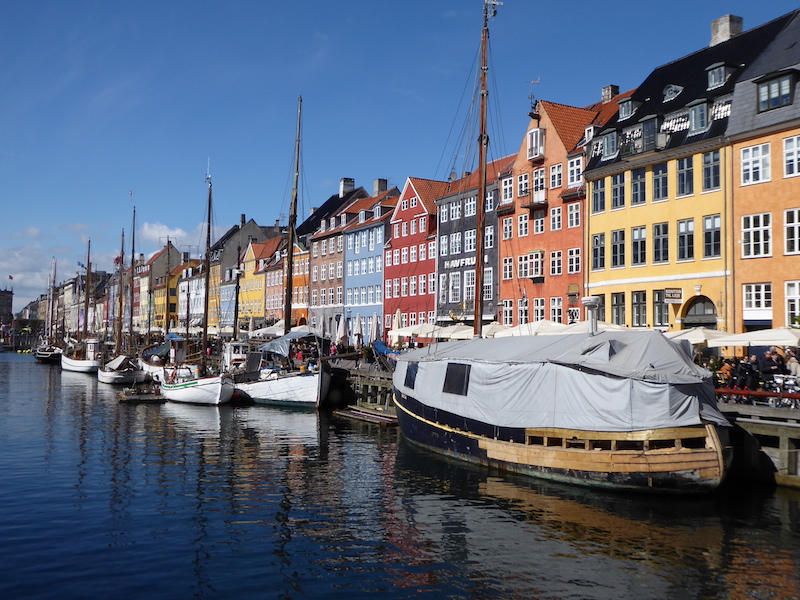Copenhagen has much in common with London – drunks, litter, too much homelessness, and old men who don’t think twice about peeing up against a wall in front of passers-by.
But it’s also relaxed, vibrant and welcoming. It’s easily walkable, is packed with history and has some fine modern architecture as a contrast to the old. Despite that, it’s not the most handsome of cities and I was never able to put my finger on why. Not only that, some cities feel like a coherent whole, where the streets and neighbourhoods work together and fit like a glove, but Copenhagen didn’t work like that for me.
At least our third day, Easter Sunday, dawned sunny. The crowds were out in force at the Tivoli Gardens as we popped out for a quick breakfast in the visitor centre opposite. Locals mixed with visitors from France and the Americas, China and Britain and many other places too judging by the number of languages being used.

The sunshine helped lift the city out of its drabness, the red brick of many of its finest buildings was transformed and the many church spires gleamed. We walked to Christiansborg Palace on Slotsholmen, the little island in the harbour named after the many palaces and castles that have stood on the site over the years. Today’s palace is a rather intimidating affair and home to the Prime Minister’s Office, the Supreme Court and various reception rooms used for the monarch’s official engagements.
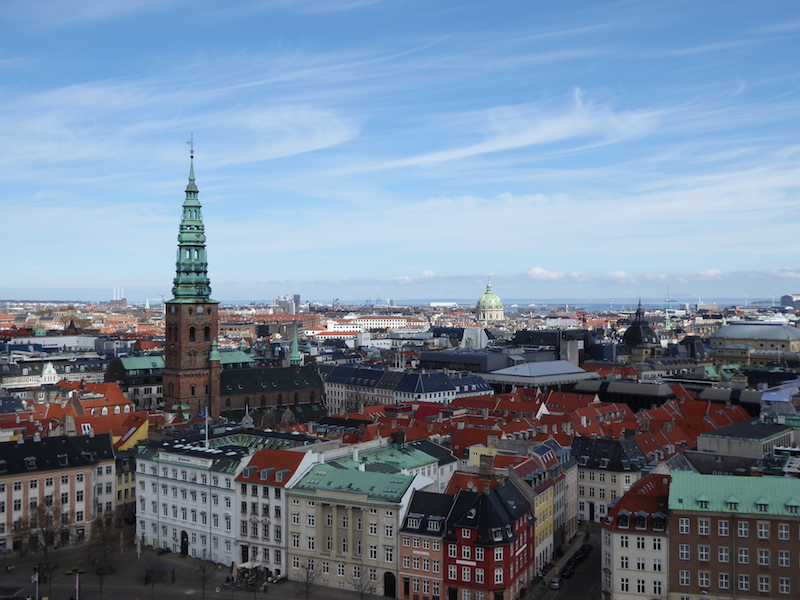
They are, of course, typically grand and designed to impress, full of glittering chandeliers, extravagant marble and gilding by the acre, but the highlight for me was the Great Hall, where a collection of modern tapestries that were commissioned to mark Queen Margrethe’s 50th birthday in 1990 is on show.
Designed by the artist Bjørn Nørgaard, they feature 1,000 years of Danish history from the Vikings through to the present, both the good and the bad. They’re a riot of colour and full of fascinating vignettes, and I can’t imagine anything like them ever appearing in a British royal residence.
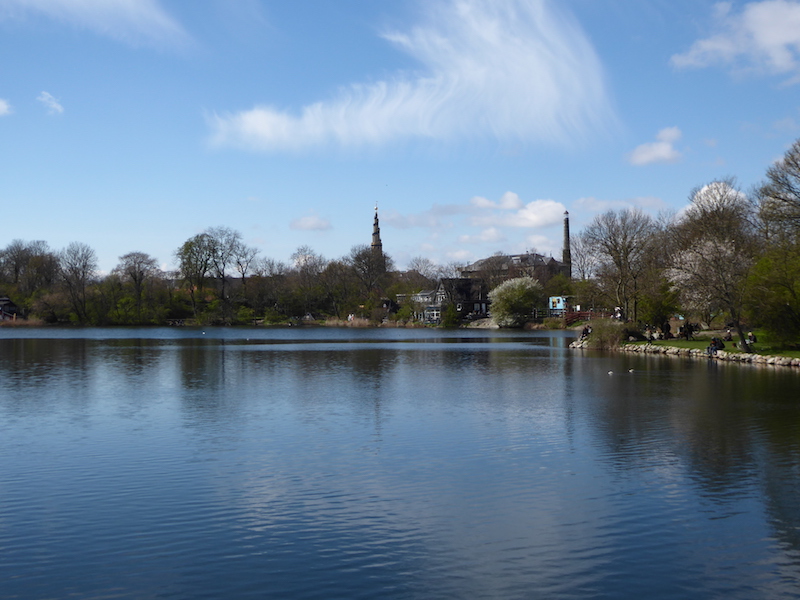
From the reception rooms we took the lift up the palace tower for some grand views of the city, before walking to the less grand but no less fascinating Christianshavn district. The canals there were lined with fancy yachts and apartments, and Vor Frelsers Kirke sported a fine helix spire with an external winding staircase that visitors were climbing to the top. The queues were too long for us so we went in search of the legendary Copenhagen hippy commune of Christiania.
It was founded in the early 1970s when squatters moved into a number of disused military buildings, and fortunately it continues to exist one way or another today despite the best efforts of the authorities over the years to snuff it out. The closer we got to it, the stronger the smell of cannabis and the more prevalent and colourful became the graffiti.
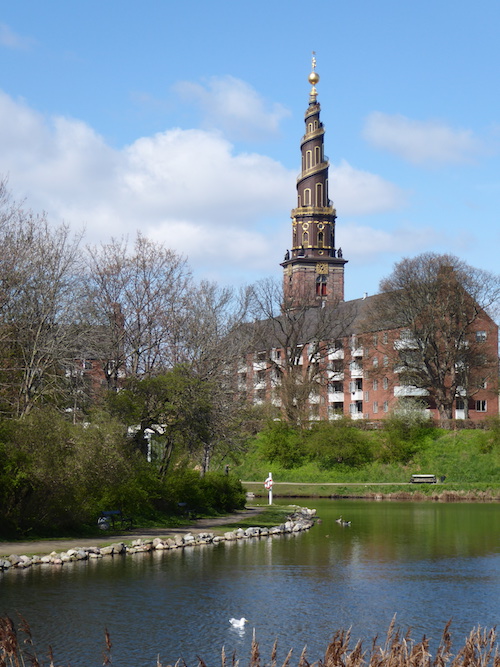
We walked around the edge of the district, amongst dereliction and homes built out of recycled bits and pieces. This was tatty DIY architecture at its most imaginative and resourceful. It was all very atmospheric but I felt like a voyeur when we stumbled across a few resident families who’d gathered on a communal green in the sunshine to play with their kids. Some of our fellow tourists hung around with cameras poised like visitors at a zoo, which was far too embarrassing for me so we left.
Crossing the water again, we took the path between more self-built homes and onward past the point on the old military site where a number of Nazi war criminals were executed in the years immediately after the Second World War.

Desperate for lunch and failing to find anything at Christianshavn, we decided to miss the throbbing heart of Christiania and took the footbridge to historic and colourful Nyhavn, where the crowds were out in force and the restaurants on the waterfront were charging the earth. So we went to one of the backstreet bars and had open sandwiches and an Easter ale or two while the owners had a blazing row that resulted in slamming doors and awkward looks among our fellow drinkers.
Then it was up to the Kastellet, a fortress built in the shape of a star with steep slopes, a moat and various ditches that were designed to deter any invaders. These days it makes for a pleasant park and we walked around the ramparts, past a windmill, soaking up the sunshine and enjoying the views. Next to it stood Denmark’s only Anglican Church, looking every bit like a refugee from an English village.
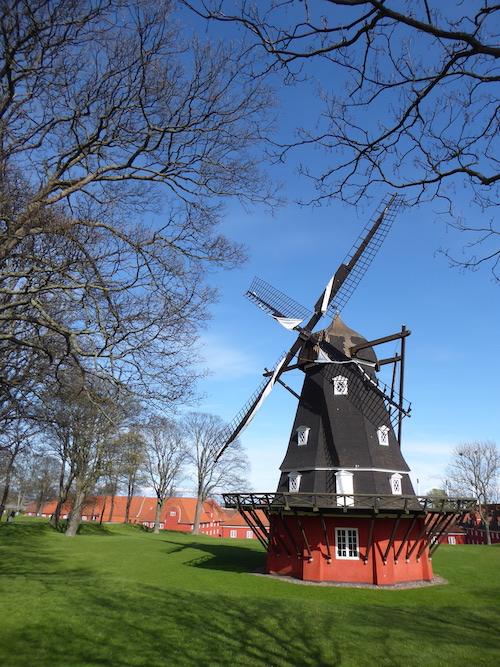
Beyond we could see the crowds and the boats gathered to view the Little Mermaid, Copenhagen’s trademark statue, and I wondered why anyone would bother. So we took the bus back to the hotel and had a few beers and a nap before walking over to the popular nighttime spot of Studiestræde for the evening. This time we popped into a gay bar, the curiously named Kiss Kiss Bear Bar, where artworks a granny would’ve enjoyed hung on the wall and equally granny cushions gave the place the weirdest look. Even more bizarrely in this day and age, smoking was allowed and after inhaling too much we gave up and left.
With so many places closed on a Sunday, our choices were limited but we eventually ate well in a typical French bistro, l’Education Nationale, where the skate was delicious and the staff friendly. And then I ended up being the oldest person downstairs at the lovely Torst Bar on Vestergade, but the atmosphere was great, the crowd young and the vodka flowed. They even played my type of music…

